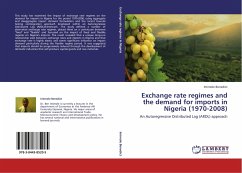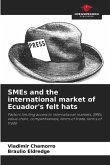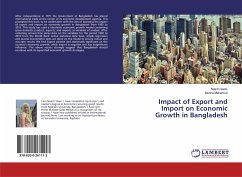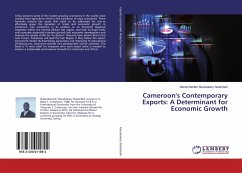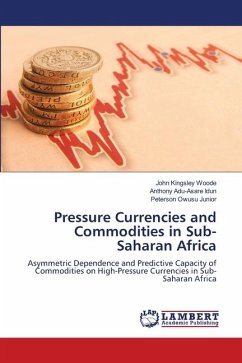Amidst the globalization trend and increasing economic integration in the Southeast and East Asian region, this book assesses the trade liberalization experience of the Philippines focusing on its impact on competition. It covers not only the overall manufacturing industry but also a case study of the cement industry where an alleged cartel is known to operate. From the fifties till the seventies, Philippine manufacturing received heavy protection from high tariffs, import controls and restrictions. Government-sanctioned monopolies and cartels were allowed along with price controls and entry regulations. In the 1980s up to the mid 1990s, substantial trade reforms were pursued leading to reduced industry protection. After more than twenty years of unilateral trade reforms, it is important to ask whether this has led to reduced market power and increased domestic competition. Are imports effective in disciplining an industry particularly those characterized by collusive behavior such as cement? What lessons can be drawn from Philippine experience? What policy suggestions can be made to improve competition and reap the benefits from opening-up markets?
Bitte wählen Sie Ihr Anliegen aus.
Rechnungen
Retourenschein anfordern
Bestellstatus
Storno


